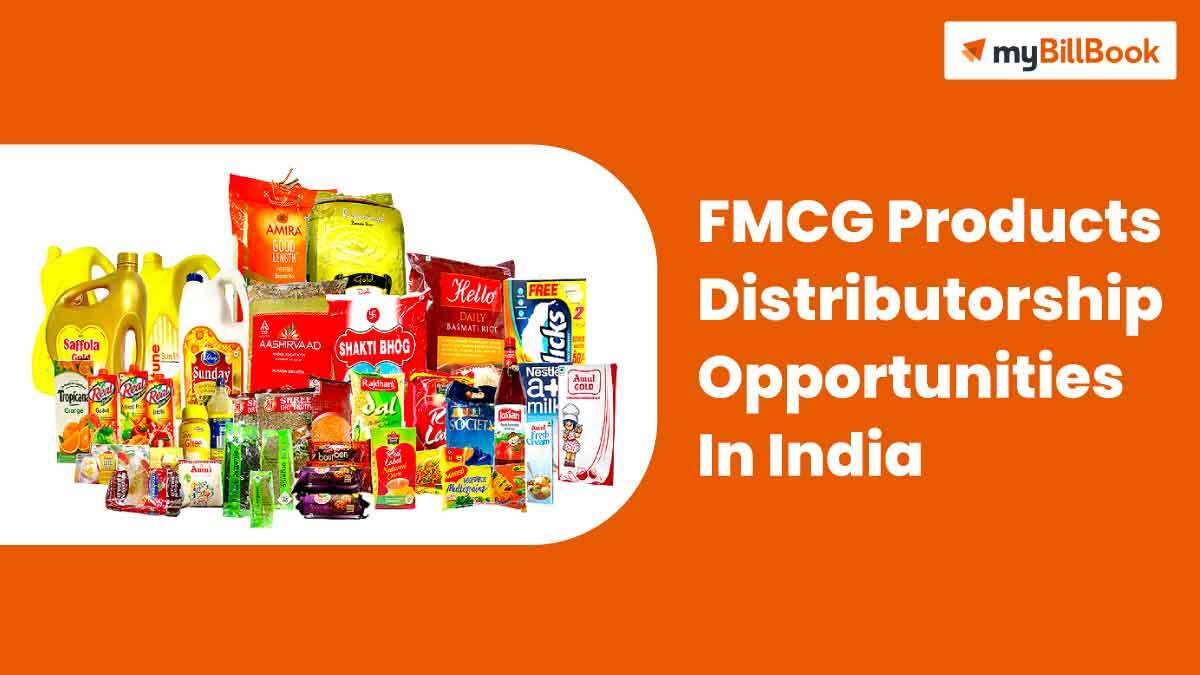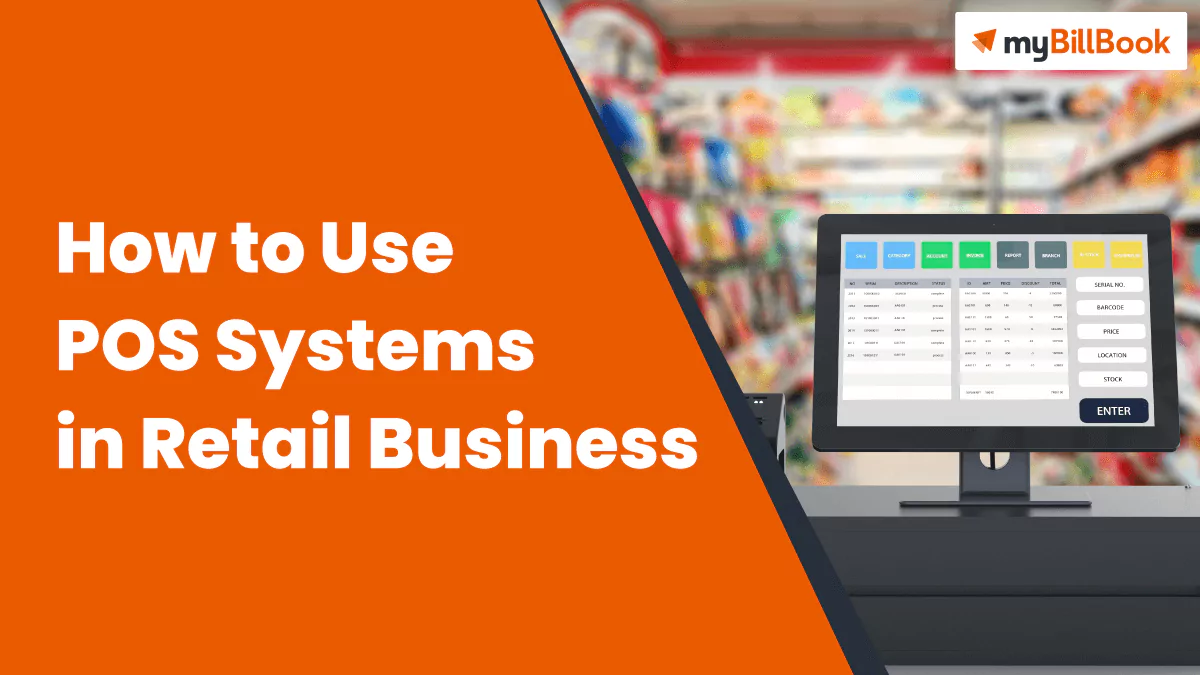Khadi and Village Industries Commission, KVIC is a statutory body formed by the Government of India, GOI in 1957, under the act of Parliament that was introduced to uplift the indigenous cultures of our country and enhance the growth and economy of the rural business and craftsmen. The full form of KVIC is Khadi and Village Industries Commission and is an apex body under the Micro, Small and Medium Enterprises to help plan, promote and establish the development of khadi and villages in the rural areas of India.
The term ‘Khadi’ originates back to the 1920s when Mahatma Gandhi supported this fabric in the Swadeshi Movement. A fabric that breathes ‘Warm in the Winter’ and ‘Cools in the Summer’ is a handspun and handwoven cloth that acquired patriotic status during the Indian Freedom Movement. Through the means of the Khadi and Village Industries Commission, the aim of the organization is to promote khadi and Indian goods as much as possible and to keep the use of homegrown products all over India.
What is KVIC, KVIC Full Form and the objectives of KVIC?
Khadi and Village Industries Commission is a body set up with the Micro, Small and Medium Enterprises Commission along with the Government of India, GOI to promote and uplift the country’s rural communities. KVIC aims to ensure the age-old Indian practices of cloth, business, and craftsmanship are not forgotten and that they have a platform to showcase their art and look for support within the community.
KVIC full form is – Khadi and Village Industries Commission of India and was set up in 1957.
Khadi and Village Industries Commission, KVIC Objectives are:
- Social Objective: This objective is about ensuring the people in the rural communities and rural areas are given support and are provided employment via this commission.
- Economic Objective: The people who are provided employment can produce and provide goods and services that can be sold or exchanged and earned an income via the transactions.
- Wider Objective: Building a strong rural community spirit, not just in one geographical location but all over the country, ensuring the communities are proud of their roots and stick by those opportunities to keep the tradition and culture alive.
While there are quite a few more objectives to this, the 3 mentioned above mainly compasses the holistic objectives of the Khadi and Village Industries Commission.
What comprises KVIC and what is the relevance of the commission?
Since the term itself is made up of two major categories i.e. Khadi and Villages, most businesses or services that fall under this realm are considered in KVIC. The Khadi gram Udyog consists of:
Khadi – As mentioned above, Khadi is a fabric from India that has a deep rooted history attached to it and its importance during the freedom struggle. Over time, due to industrialization and globalization khadi as a fabric and cloth lost its importance and charm. One of the biggest objectives of KVIC is to make Khadi more famous and accessible again in this country, making the fabric in place of other famous fabrics. Some common raw materials to make Khadi are:
- Cotton
- Wool
- Silk
- Poly
Villages – Apart from the fabric of Khadi the other objective of the Khadi and Village Industries Commission, KVIC is to ensure the people in the rural communities and villages of India are provided with employment and a platform for them to showcase their products. Any industry that is located in a rural area or a village that uses a fixed capital investment of INR 1 lakh per artist or weaver can be considered for the commission.
What are the features of the PMEGP KVIC loan?
One of the prominent features of the Khadi and Village Industries Commission is the low interest rate loans that are given to the individuals or businesses for them to run their business and provide a platform to grow the business. The pmegp kvic loans that are commissioned under Khadi and Village Industries Commissions are done via Prime Ministers Employment Generation Program, PMEGP. These loans are specially catered in such a way that meet the needs of Micro, Small and Medium Enterprises in rural India and the khadi communities.
Some of the features of the KVIC loan are:
- The quantum of loans for the manufacturing sector is INR 25 lakhs and the quantum of loans for the business and service sector is INR 10 lakhs.
- The beneficiary of the loan puts up a part payment of around 5% to 10% and the remaining 90% to 95% is put up and sanctioned by the bank funding the loan.
- The beneficiary share that needs to be put up for the loan keeps changing depending on the nature of the business and the background of the individual if they come from reserve category or no and are thus divided into two categories of 1. General and 2. Special.
- The tenure of the loan usually lasts a period of 3 to 7 years depending on the demographics of the loan and the individual. This period also includes a moratorium of a period of 6 months.
- There are no income ceilings for the KVIC loan however the loan is only sanctioned to new businesses and ventures and the beneficiary of the loan shouldn’t have received the benefits of any other loan.
- The loan can be applied online via the KVIC website – https://www.kviconline.gov.in/pmegpeportal/pmegphome/index.jsp which is easy to use and navigate.
Once you understand the features of the pmegp kvic program, you can then do the kvic login and consider all the other information from the website of kvic digital.
What is the eligibility criteria for availing KVIC?
- Individuals and business enterprises are both eligible for applying for a loan under the KVIC program. However, an individual has to be above the age of 18 years old to be eligible for the loan program. The individuals should also have passed 8th grade to be eligible for a KVIC loan.
- Apart from businesses and individuals who can apply for the loan, other organizations such as Self Help Groups, Registered Societies, Co-operative Societies and Charitable Trusts can also apply for a loan. They can only apply for a loan under the KVIC program if they haven’t had benefits from any other loan program.
- Businesses in sectors such as forest products, rural engineering, hand made fibres and papers, mineral products, biotechnology, hand made fibres and papers, manufacturing, services and textiles can avail a loan under the Khadi and Village Industries Commission.
FAQs about KVIC
What is the full form of KVIC?
The full form of KVIC is Khadi and Village Industries Commission.
- Can one avail of a loan under the KVIC program?
Yes. An individual or a business can avail of a loan from the Prime Ministers Employment Generation Program, PMEGP which has the features for a loan under KVIC.
- What is the purpose of KVIC?
Khadi and Village Industries Commission was set up with the intention of uplifting the rural communities and villages of India. The aim main of KVIC is to ensure that the small-time businesses of the indigenous communities of the country get the platform they deserve to showcase their products and businesses.
- What is the meaning of Khadi?
Khadi is a fabric of the Indian subcontinent region that gained momentum during the Indian Swadeshi movement during the Indian freedom struggle. The fabric is local to the Indian communities and Khadi and Village Industries Commission aim to promote the fabric and increase its use.
- Does the PMEGP KVIC loan require collateral?
No. The Prime Minister Employment Generation Program, PMEGP along with the Khadi and Village Commissions Industries, KVIC does not require security for the loan that is availed by the individuals or the businesses.








